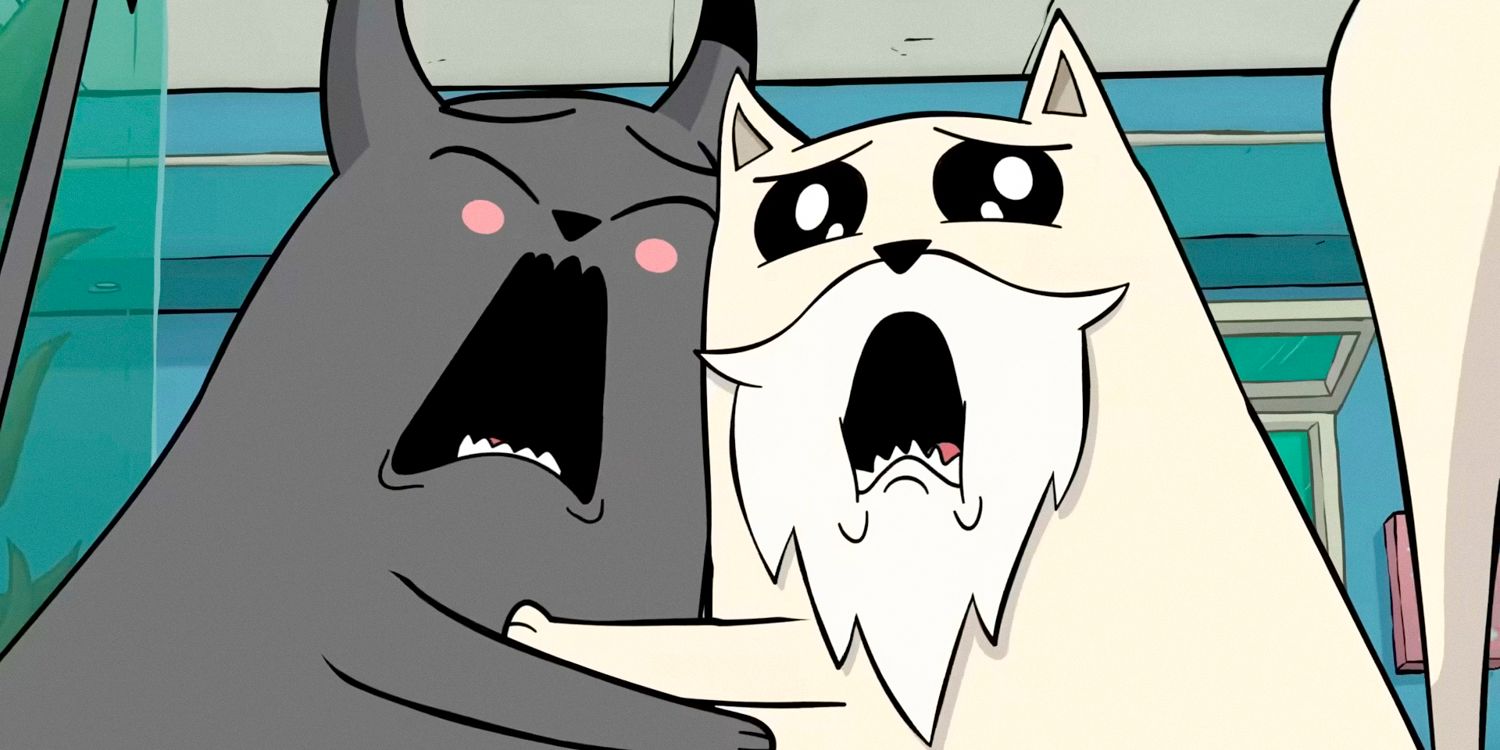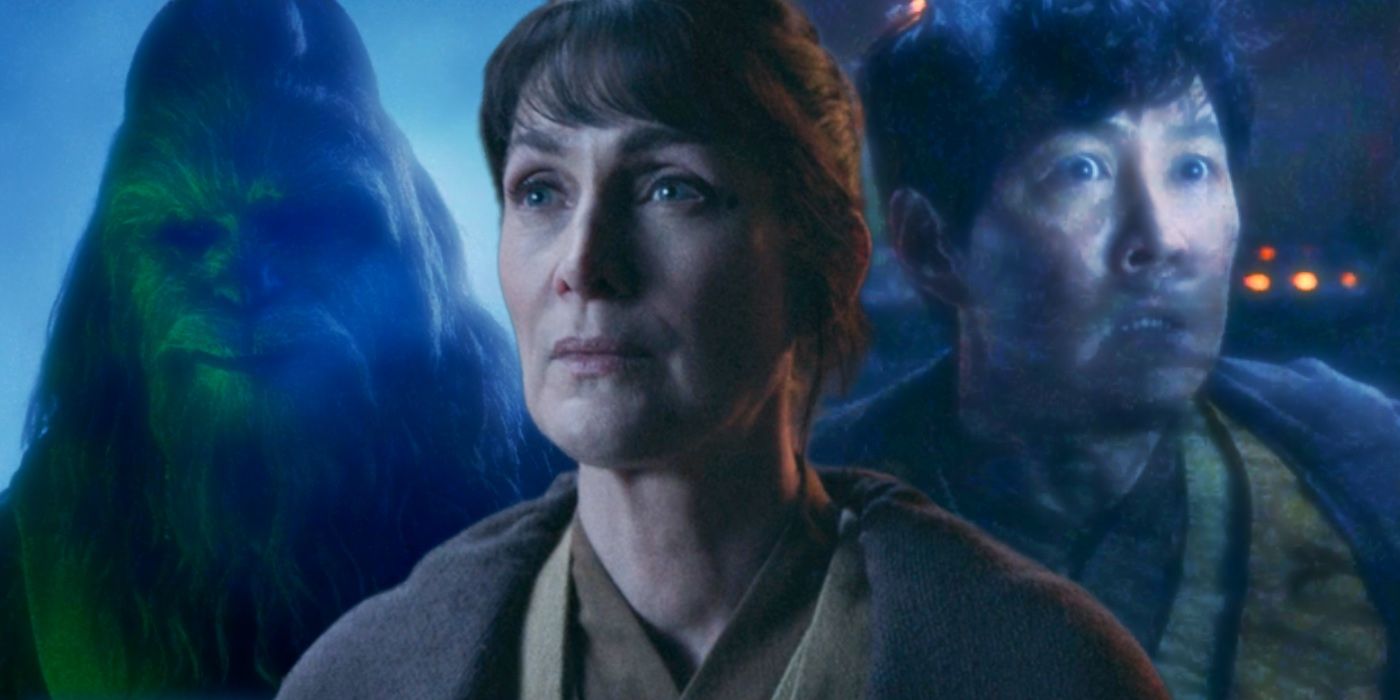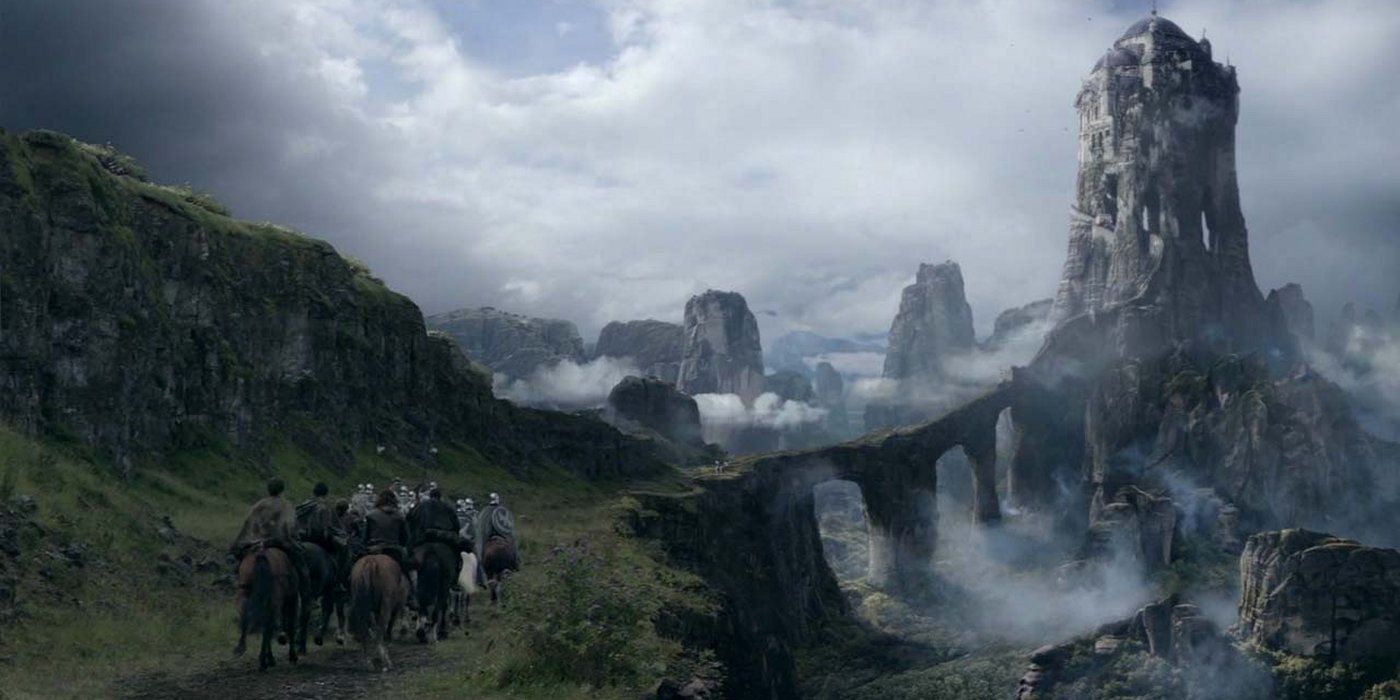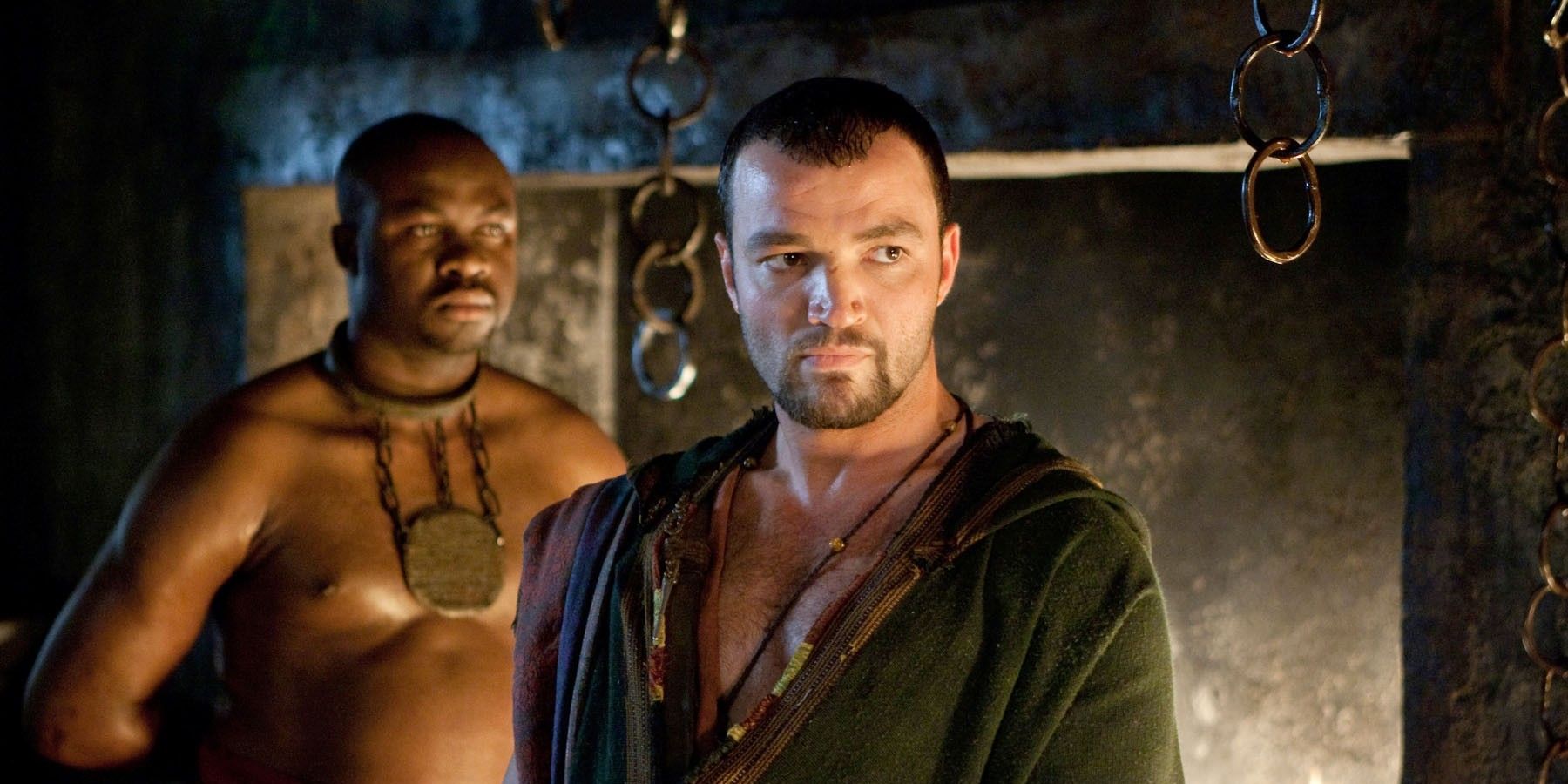The Grand Theft Auto series features many locations that are clearly based on American cities, but these fictional versions have some noticeable differences from their real counterparts. Most prominently, Los Santos, Liberty City, and Vice City are based on Los Angeles, New York City, and Miami respectively, though they have their own unique quirks. Some of the differences from their real counterparts are much less subtle than others.
Clear differences in geography are the most obvious deviations from the real America in Grand Theft Auto games. This is most clear in San Andreas, where Los Santos is joined by San Fierro and Las Venturas, based on San Francisco and Las Vegas respectively. Los Santos and San Fierro being close is logical, as both are based on cities in California. Las Vegas is in Nevada, which shares a border with California, making its inclusion fairly reasonable. Certain aspects of the desert areas are said to be inspired by Arizona too. Compared to GTA 5, San Andreas‘ wilderness feels completely different as a result of this additional Arizonan influence. With California, Nevada, and Arizona all being bundled into the state of San Andreas in the GTA series, this marks a very clear difference from the real United States of America. It’s not the only noticeable difference from the real world, either.
Grand Theft Auto Maps Are Far Smaller Than Their Real Counterparts
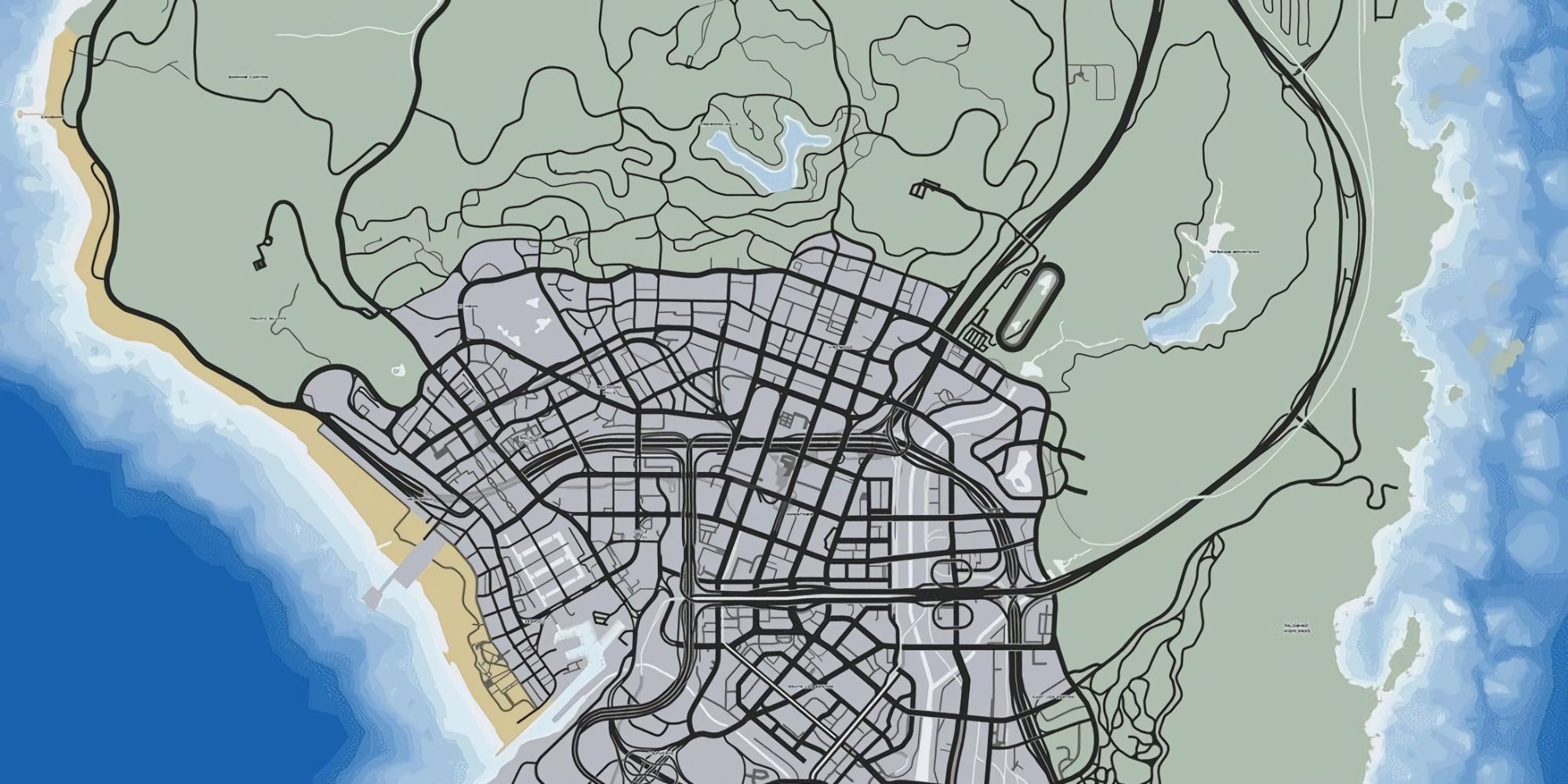
Another way that the Grand Theft Auto maps differ from their real-world counterparts is that, according to GTA Forums member KeWiS, they’re much smaller. For the PS2 games especially, this is understandable, as hardware constraints greatly limited how large each map could be. Liberty City is only 7.38 square kilometers in its GTA 3 debut, compared to GTA 4‘s Liberty City at 16.14 square kilometers. In contrast, New York City is approximately 790 square kilometers, so the GTA 3 map is less than one percent of the size of the Big Apple. Similarly, Miami is around 145 square kilometers, in contrast to Vice City being only 9.11. Although this is a bigger overall percentage, it is still not even 10 percent of Miami’s size. Due to the inclusion of three different cities, the scaling of the cities in San Andreas is even weirder than the other entries in the series. The approximate total size of Los Angeles, San Francisco, and Las Vegas is 1,770 square kilometers. Coming in at a meager 38.2 square kilometers, the state of San Andreas is slightly over two percent the size of those areas combined. A future return to Las Venturas in future GTA games could improve this, as it was easily the smallest of San Andreas‘ cities.
The 2D GTA Games Threw Geography To The Wayside
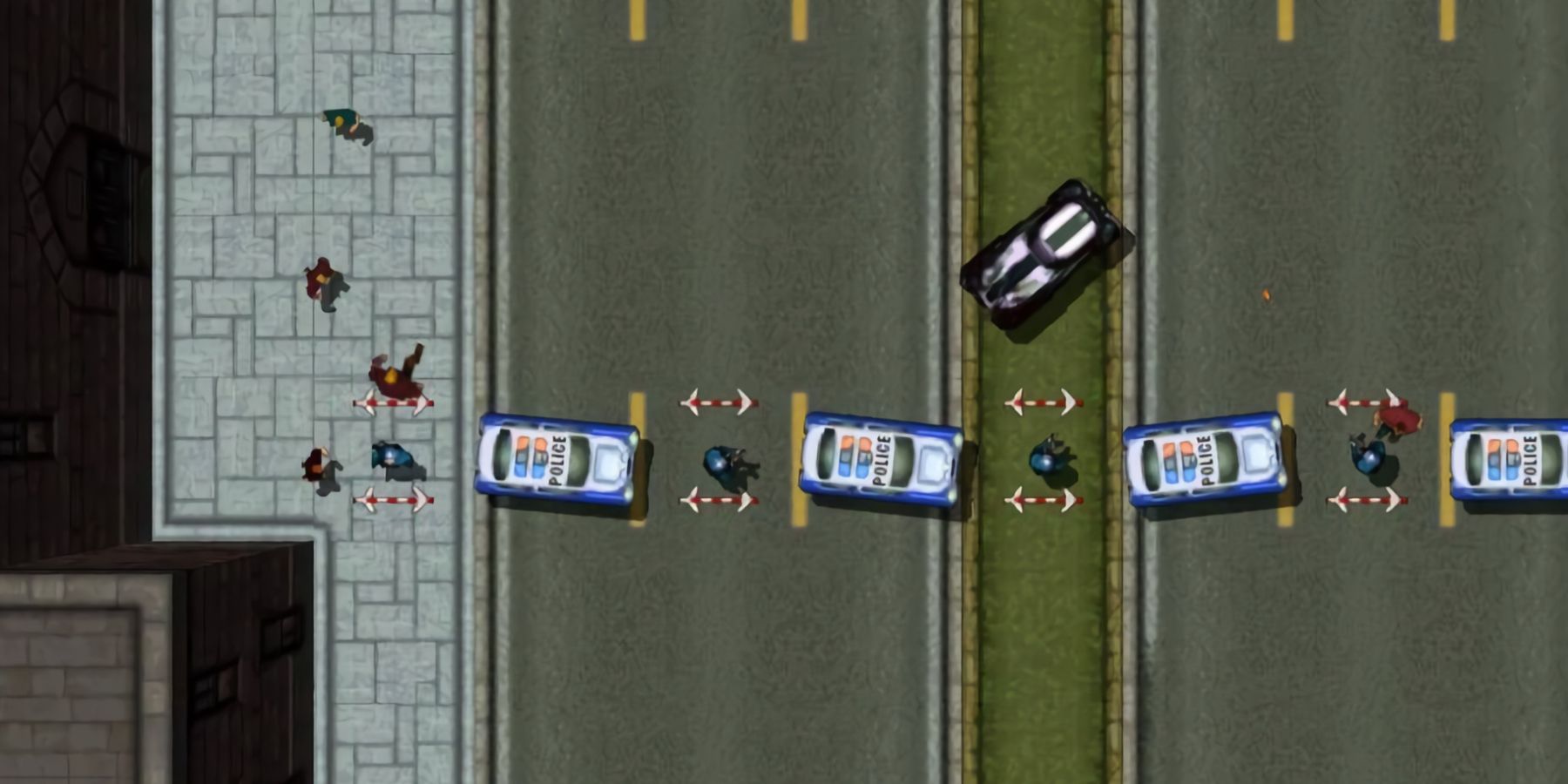
Before the series’ jump to 3D, the original Grand Theft Auto featured iterations of Liberty City, Vice City and San Andreas. In this version, San Andreas was a city based on San Francisco like San Fierro instead of the state that it would go on to become in later appearances. Most of the key landmarks are missing in these versions, likely due to hardware restrictions. Instead, Grand Theft Auto focuses on capturing the general districts of the cities, with a lot of areas more directly named after real areas in these cities. Brooklyn is called Brocklyn and Jersey City becomes Guernsey City. The similarities in the first game are more in name than anything else. GTA 2 was even weirder, taking place in a futuristic city vaguely based on many of the world’s largest. This setting in GTA 2 is just called Anywhere City but also with a lot of sci-fi elements that are very much not the realistic approach of the series as a whole. It’s no surprise that this approach to map design was quickly discarded for the next entry in the series. A couple of expansions to the first game also took place in London, which is the only time that the series has not been set in America.
When the games transitioned to HD, more attention was given to trying to make these cities reflect their real counterparts. The first HD game was GTA 4, which returned to Liberty City. In addition to almost doubling the map size of the last game to visit the city, a strong effort was made to include more recognizable landmarks from New York City. Liberty City in GTA 4 looks different from the previous iteration of the city. As a result of this effort to be more faithful, a more condensed version of the city was created, where significant landmarks are all only a stone’s throw away from one another, even if that is not the case in the real world. This makes players feel as if they are in a place like New York City, because there’s almost always something in view to enforce that, despite the map being much smaller than its real inspiration.
GTA V saw a return to the state of San Andreas, which in this incarnation is much more closely based on California. Any links to Nevada were cut out in order to put the focus solely on one state, potentially ruining what made San Andreas great. Like the previous game, many of the most iconic Los Angeles landmarks were bunched together in the new version of Los Santos. While this definitely helps players come to terms with new locations because memorable landmarks are close to one another, it does make the cities feel more cartoonish. GTA 5’s Los Santos appears to not feature a lot of suburban areas and is instead a big urban area with a barren desert up top, so although the southern part feels more accurate to Los Angeles, the rest of Los Santos is missing the middle ground between metropolis and rural that makes up big parts of the state of California. This is definitely something that later games in the series can address. Due to gameplay decisions more than anything else, every map in a Grand Theft Auto game is an island, including GTA Online‘s additional Cayo Perico map. This is so players don’t try accessing areas within their sights that would be restricted, as that would just lead to disappointment. Of course, this creates an interesting contrast with the real world, in which America is a huge landmass. Most states share at least one border with a neighboring state. Even San Andreas, which included locations from multiple neighboring states, mushed them into one, which was of course also an island state.
Overall, the Grand Theft Auto series has definitely taken inspiration from real American cities, and this has only become more apparent with the more recent entries. With leaks suggesting that the next entry may return to another familiar location, it will be interesting to see how it is reimagined to be more reflective of its real counterpart. It seems unlikely that three states will ever be getting condensed into a single map again.
